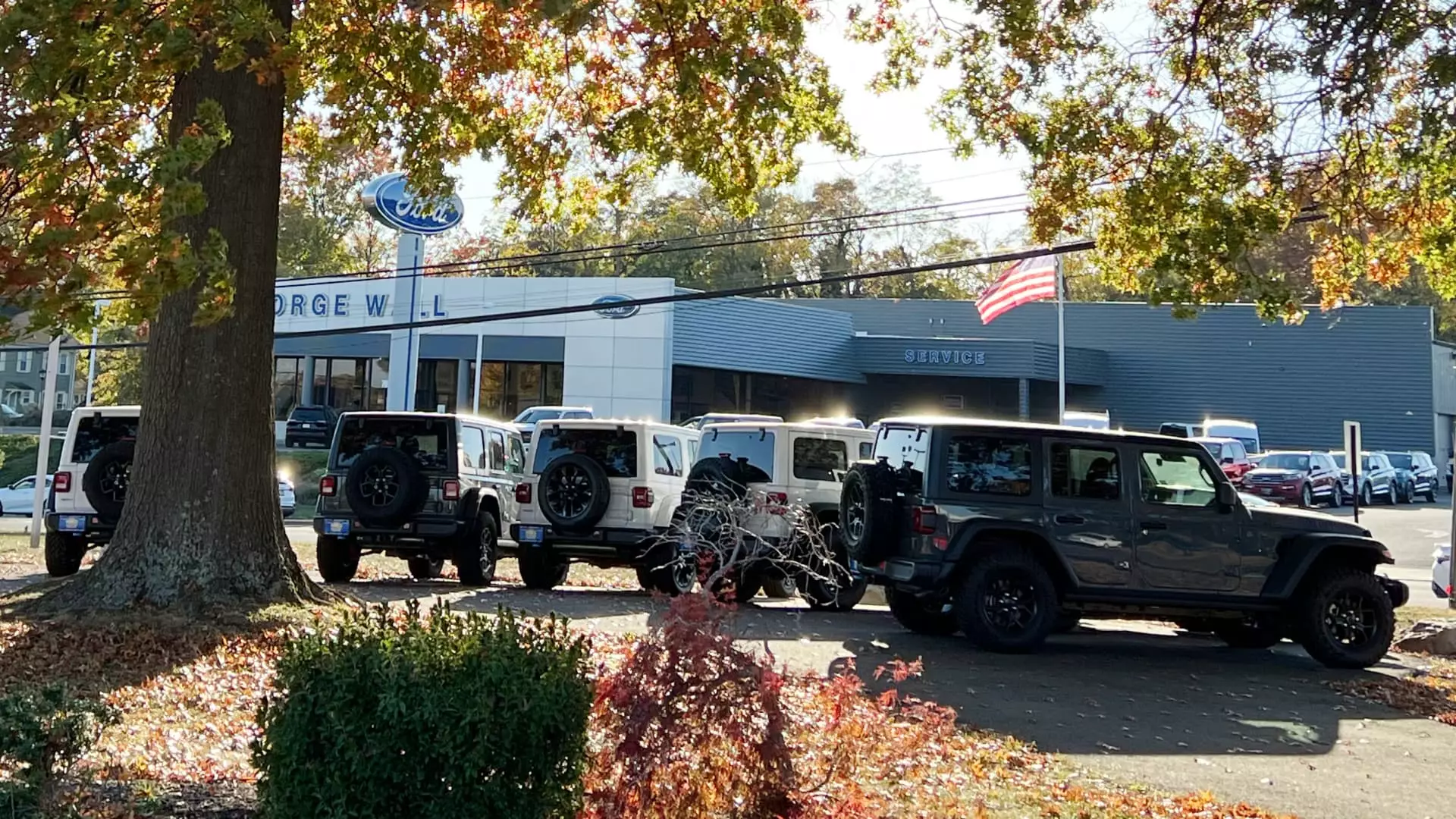As I reflect on my youth, I remember the exhilaration of owning my very first car—a modest Toyota Tercel, fresh with a few hundred miles and an even fresher price tag just below $10,000. Fast forward to today, and my daughter is approaching the age where she, too, is ready to take the wheel. With a decade of saving and a keen sense of responsibility, I anticipated that we could find her a reliable pre-owned vehicle without breaking the bank. However, the landscape of the used car market has shifted dramatically since my teenage years.
For anyone who hasn’t monitored the used car market in recent years, brace yourself for a stark revelation. The average listing price for used automobiles has soared to an astounding $25,361, as highlighted by recent statistics from Cox Automotive. This figure serves as a stark comparison to the pricing structure from just five years ago, before the pandemic wreaked havoc on supply chains and artificially inflated vehicle costs. In essence, purchasing a pre-owned vehicle today is a far cry from what many parents experienced a generation earlier.
With new car prices being equally problematic, an average transaction cost of $47,823 as of October reflects a worrying trend in consumer affordability. The abundance of options under $30,000 has drastically diminished, now with only 10% of vehicles sold exceeding a price tag of $70,000, compared to a mere 3% five years ago. Furthermore, only 0.3% of new vehicles are under the elusive $20,000 mark, illustrating the dire limitations buyers face in terms of budget-friendly automobiles.
High-Tech Features Driving Costs
One cannot overlook the technological advancements that have permeated the automotive industry. Modern cars are rife with features like touchscreen interfaces, advanced safety protocols, and luxury appointments, such as heated seats—all of which contribute to rising prices. While such innovations enhance the driving experience, they transform simple transactions into significant financial commitments. Ivan Drury from Edmunds aptly notes that vehicles today have evolved into “crazy capable” machines, a far cry from the simpler models of yesteryear.
Among my daughter’s desired vehicles, the Jeep Wrangler stood out as the top contender. Still, the battle for affordability rages on, even within this preference. Current data indicates that the average price of a 10-year-old Wrangler stands at $23,381, presenting both a challenge and a reminder of the increasing cost of ownership, given the escalating mileage and wear that typically accompanies older models.
Although websites like Cars.com and Carvana offer diverse inventories and have helped democratize the marketplace, the prices often remain inflated. We decided to broaden our search to local dealerships, which yielded better options within a reasonable distance from home. After some diligent exploration, we found a Jeep Chrysler Dodge dealership with two 2021 models that fit our criteria and budget.
The systemic changes in the car-buying process have made negotiations tricky. With access to a wealth of information, dealerships are less inclined to vary their prices drastically—taking away the wiggle room that once existed. While incentives for buyers are still available, the possibility of significant markdowns has become increasingly rare. As Drury explained, modern transparency in pricing means that dealers cannot afford to charge significantly more than their competitors.
To navigate this challenging environment, a strategic approach to financing can offer substantial relief. Securing a competitive interest rate on an auto loan can lead to long-term savings, particularly as the average rate for a four-year used car loan hovers at around 8.21%. Those blessed with good credit can often access better terms, allowing for some peace of mind in this seemingly tumultuous market.
Despite my efforts to negotiate down some unnecessary fees at the dealership, we ultimately ended up spending more than expected—not to mention the added burden of insuring a teenage driver. While it’s essential to remain financially astute during the car-buying process, the emotional aspects of helping a child achieve a significant milestone cannot be overlooked.
Overall, my experience serving both as a parent and a car buyer has underscored the wild changes in the automotive landscape. From tumultuous pricing to cutting-edge features, searching for a vehicle that is both fitting and affordable in today’s world requires strategic planning, patience, and a willingness to adapt—the lessons learned make this journey valuable, even amidst the challenges.

